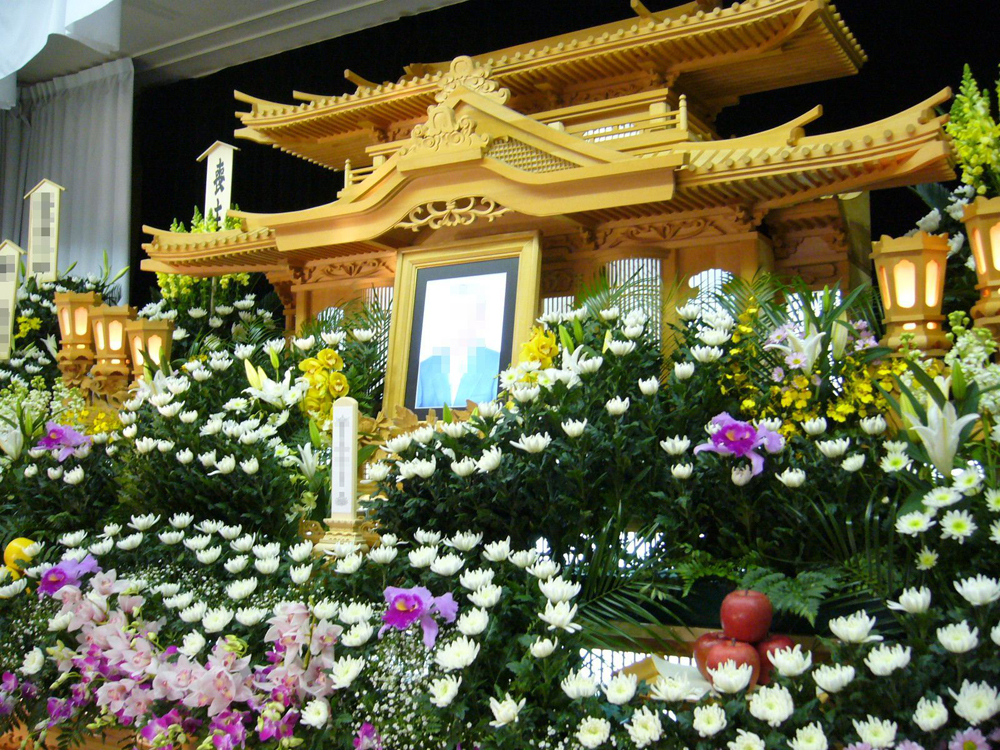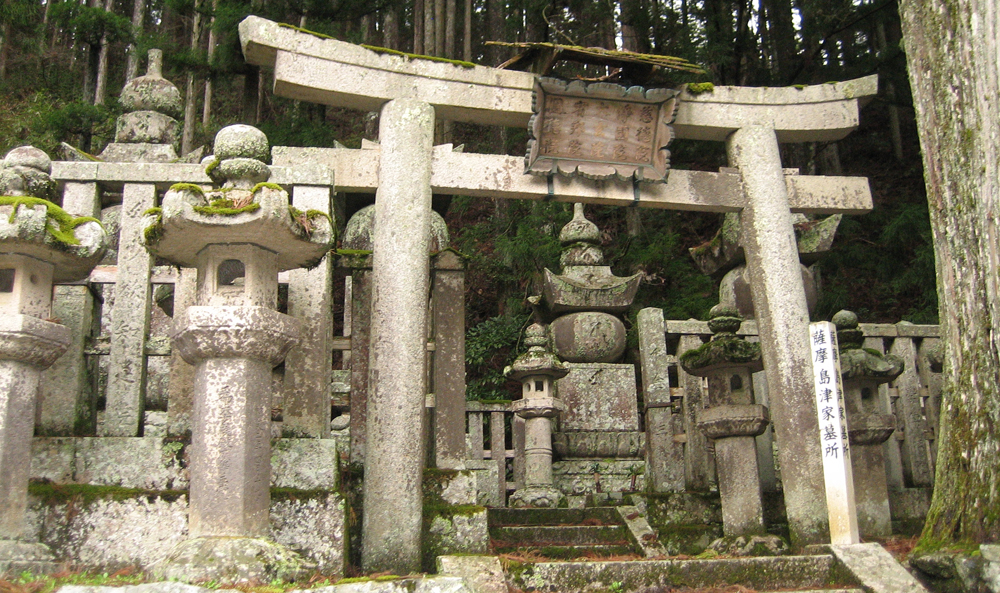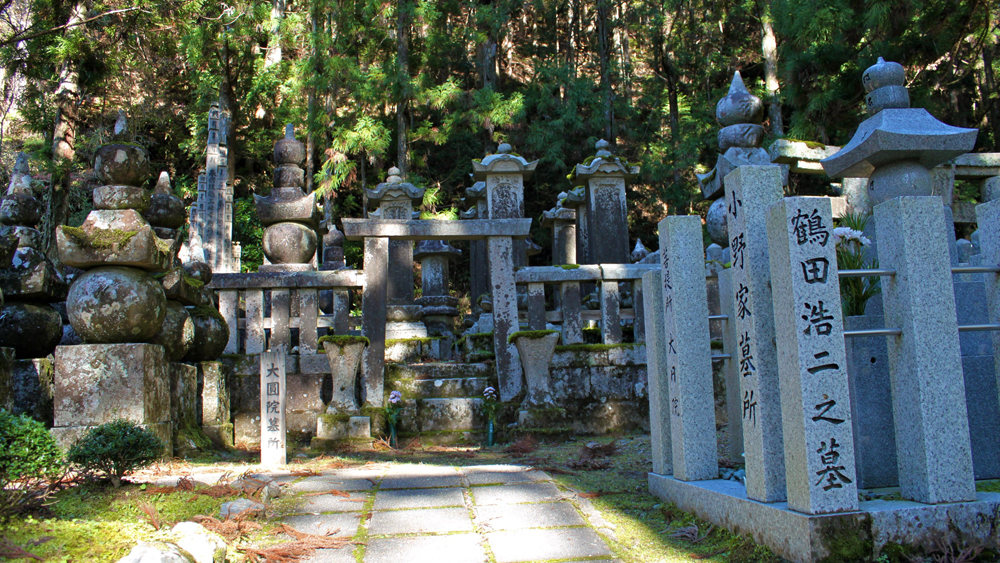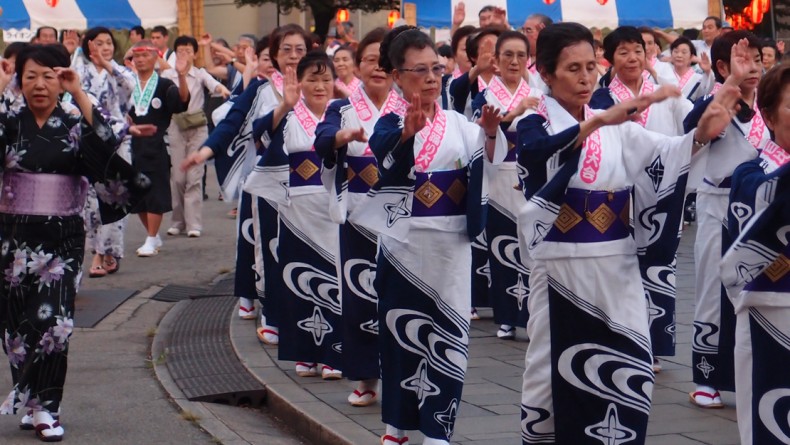The Complicated Rituals of Japanese Funerals
Last month, I wrote “Pay Attention to the ‘Emergency’ Kanji,” in which my darling partner mistook the “let the parcel man in” button for the “emergency” button (can you remember the kanji?). Besides being dragged out of bed to see what the sirens were about, it’s a funny story that still makes me laugh. This time, I’m writing with a sadder tone, about black suits, white shirts and black ties—funerals.
My Japanese grandfather passed away last year. We were close, despite occasional cultural gaps. I wanted to honor him by behaving in a Japanese manner during the funeral but, I realized, I didn’t know the first thing about it. Here’s what I’ve learned so far.
Japanese funerals vary greatly between the extremely traditional to the simpler, more modern approach. Even the basic outlines of a Buddhist funeral differ greatly according to the region, background and family history, and what type of Buddhists the family may be. My grandfather’s funeral was simple and very modern.
Traditionally, families hold a Japanese wake called otsuya (お通夜, literally “to pass the night”) before the actual funeral, or kokubetsushiki (告別式) separation ceremony. The otsuya begins in the evening on the eve of the funeral. In the countryside friends, relatives and people from work gather at the deceased’s house, but in the Big Mikan families often rent funeral halls. To help cover the costs of the funeral, guests bring beautiful black and silver envelopes—called busyugibukuro (不祝儀袋, lit. non-celebratory bag)—containing anywhere from ¥3,000 to ¥30,000 . How much depends on the relationship with the deceased. The closer in blood, the more you’re expected to contribute.
This is where it gets complex. There are two types of busyugibukuros apparently. The first is goreizen (御霊前), an envelope that is presented to the family before the body is cremated. The second, gobutsuzen (御仏前), is applied only if you are giving cash after the cremation. Giving cash may seem a little cold, but in Japan, it is accepted as the norm. Basically Japanese give cash in the place of presents, with the exception of “gaijin” holidays, such as birthdays and Christmas.
Okiyome (お清め) is what they call the meal where the living break bread with the dead at the otsuya and at the kasouba (火葬場)—after the kokubetsushiki. Kasouba when literally translated sounds pretty close to hell—the burning place, but I assure you it was quite a pleasant experience for me. During both okiyome, guests of the funeral usually eat sushi and drink ’til inebriated and talk about the good times. Before the drinking begins, the head of the deceased’s household gives a toast, after which he’ll shout “kenpai” (献杯). Kenpai is the funeral version of kanpai (乾杯), which means “cheers” or “to make a toast”.
When the body is but ash and bone, the family gather around and pick up the bones together using special long chopsticks or metal picks. Often the family will pass the bones between chopsticks to chopsticks—this is the absolute only time where it’s OK to pass something from hashi to hashi (お箸, chopsticks). This ritual is called kotsuage (骨揚げ). I personally found this part of the funeral heartbreaking. No one wants to see the burned remains of a loved one.
After all the ash and bones are collected into the urn, the family take the urn home where they keep it in the house for 49 days before it’s placed in the family grave, or ohaka (お墓). An ohaka typically consists of a stone monument, two stone vases for flowers on either side, and a small pocket for the incense. On the front of the stone monument the name of the deceased is engraved. Accompanying the name is often a word of peace, something that perhaps spoke to the family or the individual.
During obon (お盆), the family visit the grave, clean it, bring fresh flowers and offer prayers of safe keeping every year.
The overall feelings of Japanese funerals are intimate and beautiful, if not beautifully intimate. Or perhaps it’s only so for the immediate family.
Here, I must warn you that the traditions that come with Japanese funerals are as diverse and complex as cricket, maybe even more. From my limited experience at Japanese funerals, the best advice I can offer is, mimic what the family does. They will set the standard. Good luck!
Photos (top to bottom) by Kevin Jones, Katorisi, Peter Galvin, and Travis.

















